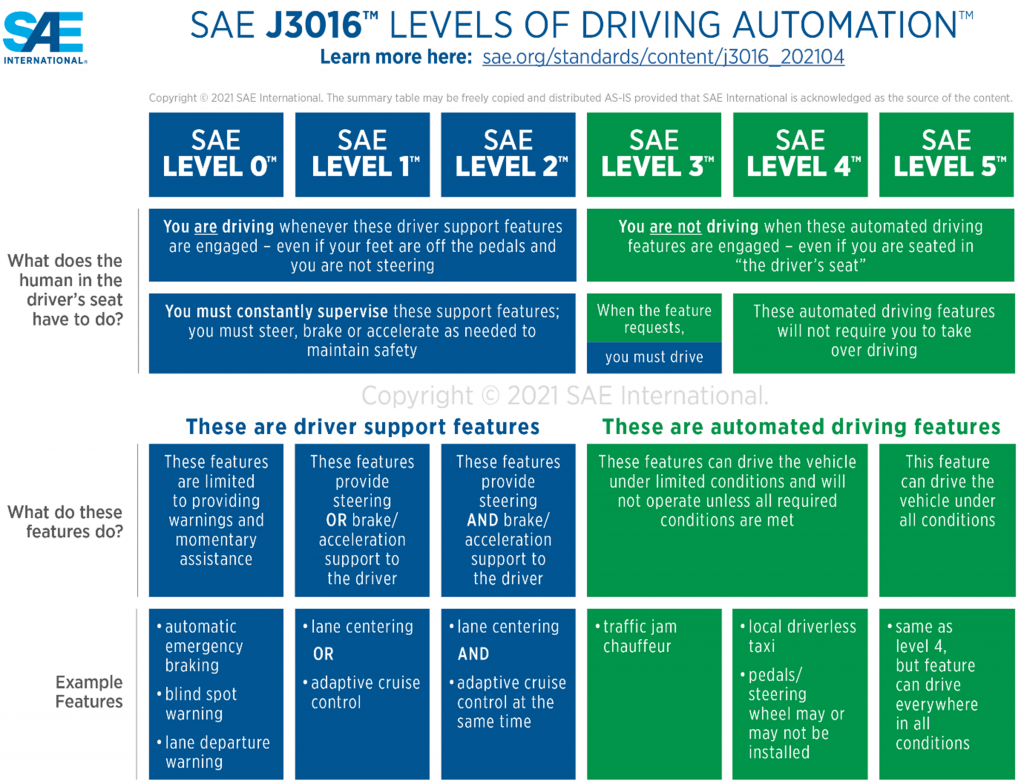Introduction
Autonomous Vehicles (AVs), also known as self-driving cars, have captured our imagination as the future of transportation. With the potential to transform how we commute, deliver goods, and travel for leisure, AVs are at the forefront of technological advancement. In this blog post, we will delve into the history and current state of AVs, analyze their potential benefits and drawbacks, and examine the challenges that must be addressed to become mainstream modes of transportation.
A Brief Evolution
The concept of autonomous vehicles first gained traction during the First World War, driven by the need to protect military personnel. However, it was not until the 1980s and 1990s that significant progress was made in developing AV technology. Carnegie Mellon University’s NavLab 5 achieved a milestone in 1995 by completing a 2,800-mile cross-country trip from Pittsburgh to San Diego using a combination of sensors, cameras, and radar for navigation.
Advancements and Standardization
Technological advancements, such as improved stereoscopic vision perception and the DARPA grand challenges, propelled AV research forward. Google’s announcement in the early 2010s about testing AVs on public roads and traditional automakers like Ford and General Motors investing heavily in autonomous technology demonstrated the increasing interest in AV development. Today, AV capabilities are classified into six standardized levels of automation (Figure 1), ranging from no automation (level 0) to full automation (level 5).

FIGURE 1: Automation Levels (Source: www.sae.org)
The Potential Benefits
AVs can significantly reduce traffic accidents, predominantly caused by human error. Equipped with advanced sensors and technologies, AVs can perceive their surroundings and react swiftly to changing road conditions, potentially avoiding accidents that human drivers might not. Additionally, AVs offer increased mobility to those unable to drive due to age or disability, making transportation more efficient by allowing cars to drive closer together and reducing the need for parking spaces. Furthermore, AVs could reduce traffic congestion and improve air quality, especially when combined with electric vehicle technology.
The Challenges Ahead
Despite their promising potential, AVs face significant challenges. One primary concern is the potential loss of jobs as traditional drivers are replaced by autonomous technology. Policymakers and society need to find solutions that balance the benefits of AVs with the impact on employment. Additionally, the reliability and security of AV systems pose a challenge, as cyber-attacks and hacking vulnerabilities need to be addressed to ensure public trust.
Infrastructure and regulatory changes are also essential for the widespread adoption of AVs. High-definition maps and real-time data are critical for AV navigation, necessitating investments in road sensors and advanced networks. Moreover, legal and regulatory frameworks must be established to determine liability in the event of accidents involving AVs.
Driving Behaviour and Human Integration
Another hurdle to overcome is the interaction between AVs and human drivers. AVs have the potential for more aggressive driving behavior while maintaining safety due to their quick reaction times and advanced perception capabilities. However, harmonizing AVs’ behavior with human drivers on the road remains a challenge. The complete benefits of AVs cannot be realized until a significant number of human drivers relinquish control of their vehicles.
Conclusion
Although obstacles lie ahead, it is evident that AVs have the potential to revolutionize the transportation industry. While fully self-driving cars may not yet be a common sight on our roads, the progress made in recent years indicates that AVs are becoming increasingly feasible as a mainstream mode of transportation. Continued advancements in AV technology, coupled with the gradual integration of self-driving cars into our transportation systems, will shape the future of mobility and pave the way for a transformative era in transportation.
Dr. Sharath M N
Assistant Professor
Department of Civil Engineering
Alliance University